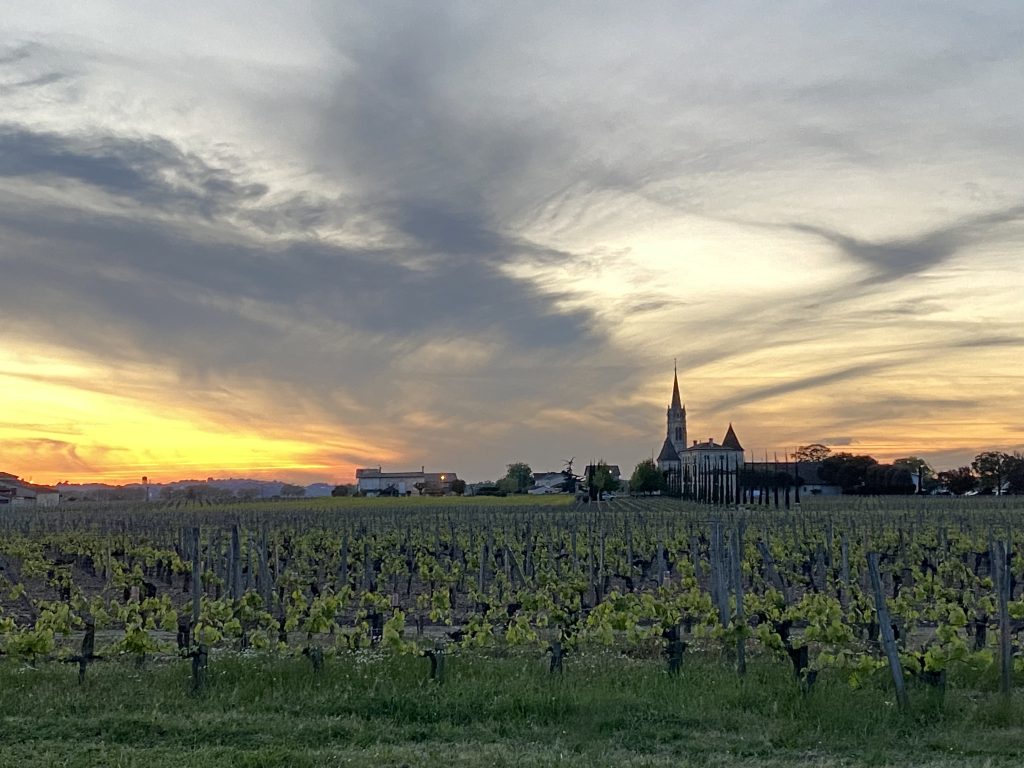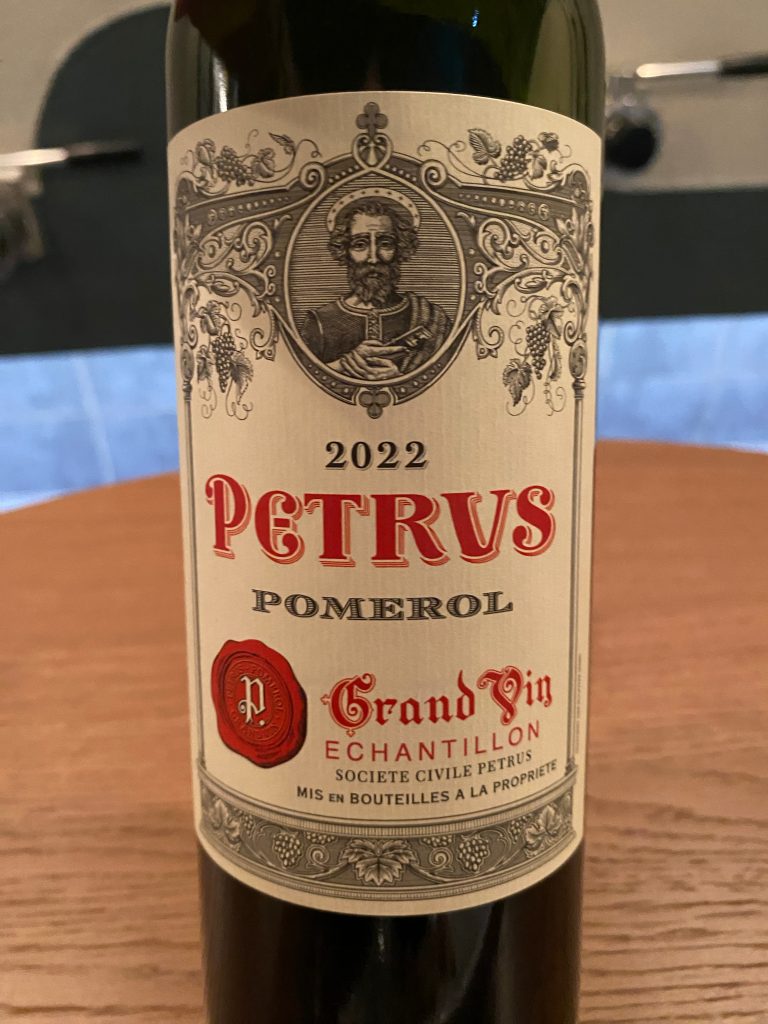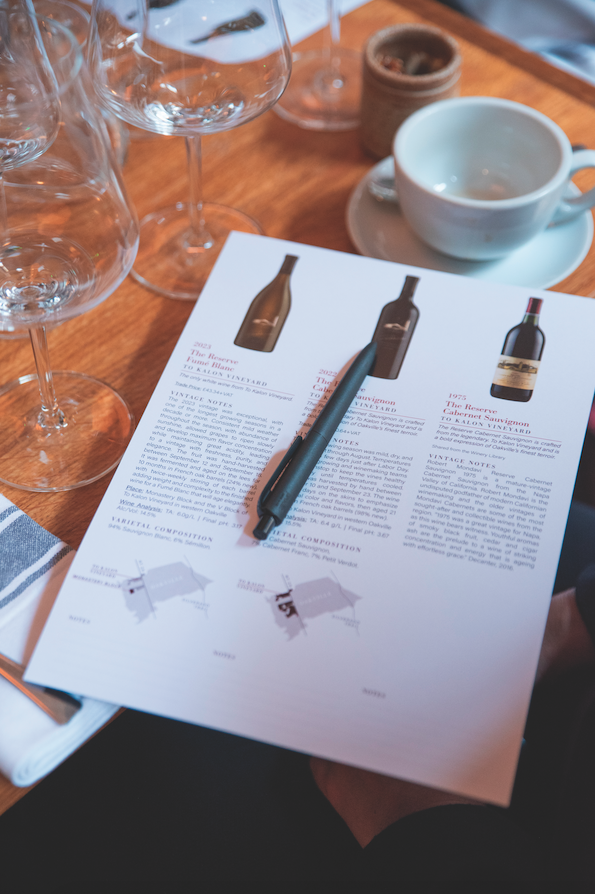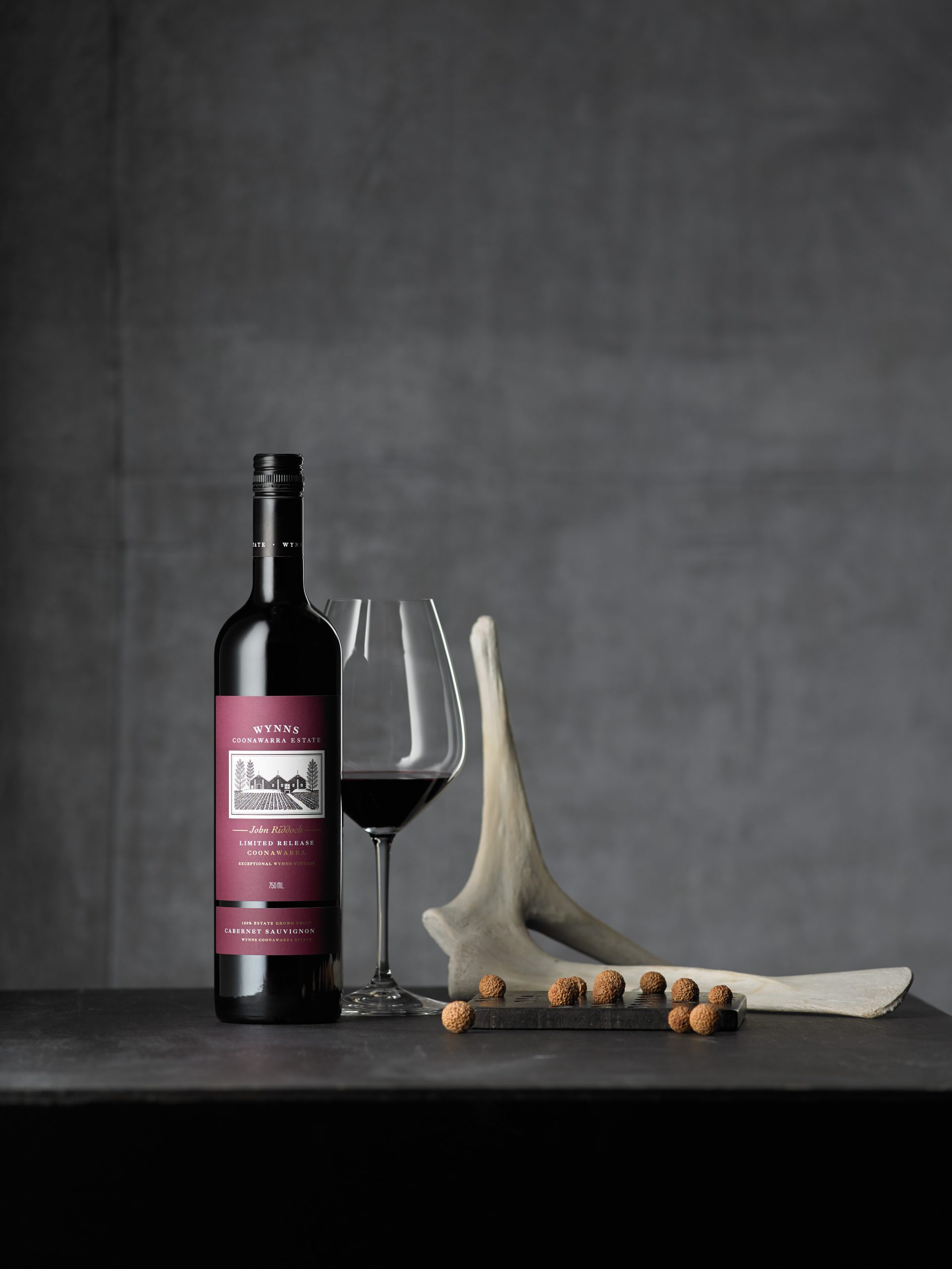Bordeaux 2022 by appellation: Pomerol, a study in complexity
In a vintage that is complex if not exactly heterogeneous, Pomerol is, if not exactly heterogeneous, then certainly complex – more complex perhaps than any other leading appellation.

Indeed, that complexity comes very close to outright heterogeneity. This is not altogether surprising when one considers Pomerol’s various terroirs and the climatic and meteorological conditions to which they were exposed and out of which the vintage was forged.
Like everywhere else in 2022, Pomerol was hot and dry – very hot and very, very dry. And whilst, above all on its famous plateau, it has deep clay soils that are pretty resistant to even the most intense and prolonged bouts of hydric stress, the same cannot be said for the far less water-retaining gravel and sandy soils on the edge of the plateau and beyond. We usually refer to such terroirs, in what now seem almost euphemistic terms, as ‘well-draining’. That quality has often proved something of an advantage; not this year.
It was difficult to be a vine on such soils in 2022. Indeed, even a short walk on the more fêted plateau in the blistering heat of August would have revealed plenty of visible signs of hydric stress, even in the most famous of parcels – with wilting, drooping and in some cases even scorched foliage. Stress is good and we are often told that, up until now at least, global warming has been more of a good thing than a bad thing in the vineyards of Bordeaux. But 2022 at least in Pomerol came perilously close to ‘too much of a good thing’.
That helps us account for the greater heterogeneity here than in perhaps any other of the leading appellations of the right or left-banks. But, as ever in 2022, things are not quite as simple as that makes them sound. For this is not in the end just a story of on-plateau ‘good’, off-plateau ‘bad’. Why? Because, as already suggested, Merlot vines on classic deep clay and gravel terroirs on the plateau were suffering too.
Picking dates were absolutely crucial here as they were throughout the appellation. No less crucial was the capacity to harvest in the comparative cool of the early morning (and hence the size of the picking team), long cool soaks and the careful control of lower-than-usual vinification temperatures with reduced pumping over. Restraint and gentle extraction were the watchwords, rewarding those with technical proficiency, technical capacity and expensive wine-making kit. Where the serendipitous combination of the three was not in place, the wines tend to lack vital freshness and acidity to compensate for elevated alcohol levels and they may even give the impression of residual sugar. Their tannins are typically robust, rustic and sometimes dry and, worse still, drying on the finish (especially where elevated alcohol has stripped raw wood tannins from new oak barrels).
These demerits are certainly rarer on the plateau, but they can still be found. Conversely, particularly on cooler and once less fêted soils off the plateau and, above all, with more than just a little Cabernet Sauvignon in the blend – as, for instance, at de Sales – we find wines that are fabulously fresh, lower in alcohol, fully ripe and wonderfully expressive of their Pomerol identity. Here the wines are a little more like 2020 than any other recent vintage.
To get further into the details of this complex Pomerol vintage it is, as ever, interesting to look at the meteorological data – even if, as Omri Ram at Lafleur seems to have told everyone this years, the numbers themselves are of limited value. What he means by that – and it is a very important point – is that the same combination of heat and drought produced very different effects on different terroirs, even on the plateau itself. But it is still useful to look at what mother nature was asking the vines to cope with.
|
Pre-budburst (Nov-March) |
Véraison to harvest (August-October) |
Total | |
| Margaux | 381 (-22.8%) | 58.5 (-53.0%) | 802 (-12.3%) |
| St Julien | 364 (-25.0%) | 61.3 (-47.7%) | 780 (-12.2%) |
| Pauillac | 364 (-25.0%) | 61.3 (-47.7%) | 780 (-12.2%) |
| St Estèphe | 415 (-14.6%) | 74.4 (-40.3%) | 889 (-1.1%) |
| Pessac-Léognan | 445 (-8.4%) | 57.7 (-50.7%) | 764 (-14.6%) |
| St Emilion | 558 (+14.8%) | 67.7 (-44.0%) | 886 (-1.9%) |
| Pomerol | 541 (+9.7%) | 51.2 (-57.5%) | 871 (-3.9%) |
Table 1: Rainfall during the vintage (mm, relative to 10-year average)
Source: calculated from Saturnalia’s Bordeaux 2022 Harvest report
Table 1 gives us the first element of the picture, locating Pomerol in a comparative context in terms of rainfall in key periods of the year.
What it shows, very interestingly, is that, like St Emilion and unlike all the leading left bank appellations, Pomerol benefited from rather higher than average winter rainfall (even if most of it came in late 2021). The effect was to replenish the water table, giving well-established vines access to the water they would ultimately need to endure the intense and incessant drought conditions that were to come.
It was this, much more than the downpours of June (which produced, in fact, only 30 millimetres of rain at Lafleur) that ‘saved the vintage’. For by then, as Omri Ram again explains, Pomerol was already in deficit to annual average rainfall levels by 300 millimetres. A mere 30 millimetres of rain was never going to be enough to make much of a difference.
A second element is also important here. On the left-bank, properties have made much of the paradoxically beneficial effect of the early onset of the drought conditions. In the absence of rain from above, the vines, in effect, searched for water below the surface, rationing themselves by growing smaller canopies right from the start. This was an effect present on the right-bank too. But to somewhat less of an extent. In St Emilion and, above all in Pomerol, it was only in May and June (according to Saturnalia’s analysis) that the drought conditions really became fully established. This compounded the effect of the hydric stress, for it came as more of a shock to the vines.
That brings us to average vineyard yields, shown since 2018 for all of the leading left and right-bank appellations in Table 2.
| 2018 | 2019 | 2020 | 2021 | 2022 | 10-year average | Relative to 10-year average (% change) | |
| Margaux | 37.4 | 49.2 | 36.3 | 38.6 | 31.3 | 39.7 | -21.2 |
| St Julien | 42.6 | 45.5 | 34.3 | 35.2 | 34.3 | 40.1 | -14.5 |
| Pauillac | 38.5 | 46.7 | 37.4 | 35.1 | 34.8 | 39.7 | -12.3 |
| St Estèphe | 44.6 | 49.7 | 41.2 | 40.7 | 31.5 | 43.4 | -27.4 |
| Pessac-Léognan | 36.9 | 47.2 | 34.6 | 30.7 | 35.7 | 38.5 | -7.3 |
| St Emilion (GC) | 39.7 | 43.0 | 36.7 | 27.5 | 41.2 | 37.2 | +10.7 |
| Pomerol | 36.2 | 43.0 | 39.8 | 28.9 | 32.3 | 36.1 | -10.5 |
Table 2: Average vineyard yield by appellation (hl/ha)
Source: calculated from Customs data compiled by the CIVB Service Economie et Etudes
Partner Content
This, again, makes for illuminating reading. First, it shows that despite the above average winter and spring time rainfall in Pomerol, and unlike St Émilion, average annual yields were hit almost as severely in Pomerol as in the Médoc (which had been in drought conditions almost throughout the calendar year). This is because the summer drought conditions in Pomerol were brutal in their severity. And that is a crucial factor when it comes to understanding the heterogeneity of this vintage in the appellation.
Second, turning to the actual yields themselves, the harvest in Pomerol was smaller than that in any other appellation except Margaux and St Estèphe – for precisely the same reason. Pomerol’s final average yield in 2022 is, in effect, flattered by the ten-year average which is the lowest of all of the leading appellations (and which has itself fallen significantly over the last decade).
That is both important and alarming. For it suggests that whilst Pomerol survived this, the most recent, bout of climatic excess remarkably well, it does seem time-and-again more prone to climate change-related excess than any of the leading Bordeaux appellations. Like Pessac-Léognan it’s terroirs are perhaps also less well adapted to cope.
But despite all of that, Pomerol 2022 is a story of heterogeneity; it is most definitely not a story of any lack of quality relative to the other leading appellations. The highs are extraordinarily high – including my wine of the entire vintage – even if the lows are perhaps a little lower.
Pick of the crop

Let’s start at the summit. My wine of the entire vintage is an utterly captivating and ethereal Petrus. It is not at all the wine I imagined it would be and it is practically impossible for me to understand how a wine of such elegance, finesse, restraint and simple pure beauty could have been produced in this vintage – above all from 100 per cent Merlot on blue clay. It is a triumph of wine-making and, quite simply, the best wine I have ever tasted en primeur. To have tasted it in the chai of Petrus with Olivier and Jean-Claude Berrouet and to understand, in so doing, the inter-generational transmission of the sensitivity to this magisterial terroir that it represents is something I will always treasure.
But Petrus is far from being the only potential star of Pomerol in 2022. Le Pin and Lafleur have also, for me, produced wines of potential perfection, though they are entirely different in personality. Lafleur is actually the most difficult wine to read of my entire en primeur tastings. It remained stubbornly closed aromatically even after an hour in the glass, hinting subtly at just some of what it will ultimately choose to reveal to us when the time is right. But it is texturally incredible, almost gravity-defying, and with tannins of a remarkable finesse.
Le Pin is much more harmonious and complete at this nascent stage. It is the very epitome of the word that reappears most often in my tasting notes to capture the excellence of the vintage – grace. It is beguiling, it is subtle, it is fabulously fresh, multi-dimensional, multi-layered and so silkily textured. It, too, is a homage to Merlot.
La Conseillante, too, is utterly gracious and so completely true to its identity in recent vintages. It has the most gorgeous florality and, as ever, seems the very epitome of plateau Pomerol. I don’t think I have tasted a finer vintage. And Vieux Château Certan, too, is simply joyous, a cool, calm tranquil mirror-pool of the purest and most crystalline fresh dark berry fruit that is utterly captivating.
L’Eglise Clinet is also extremely impressive – bold, articulate, layered and, above all, very well-structured by fine-grained tannins that will ensure its longevity. There is no timidity here and yet the balance is perfectly judged.
L’Evangile seems now both to have rediscovered whilst refining its style, producing a Pomerol that is rich, broad, full, multi-layered and supremely seductive, as it always was, but with greater elegance and finesse than before.
There are plenty of other stars in the vintage, including ‘best ever’ showings of two of the appellation’s often unnoticed rising stars – Guillaume Thienpont’s Guillot Clauzel and Benoit Trocard’s Porte Chic.
Nénin, too, has fashioned a wine perfectly in keeping with the exceptional quality of its terroir. All three are likely to represent excellent value and come highly recommended.
Highlights in 2022
Wine of the appellation:
- Petrus (99-100)
Truly great:
- Lafleur (98-100)
- Le Pin (98-100)
- La Conseillante (97-99)
- Vieux Chateau Certan (97-99)
- L’Eglise-Clinet (96-98+)
- L’Evangile (96-98)
- La Fleur-Pétrus (96-98)
- Le Gay (96-98)
- Les Pensées (96-98)
- Trotanoy (96-98)
- La Violette (96-98)
Value picks:
- Guillot Clauzel (95-97+)
- Nénin (93-95)
- Porte Chic (93-95)
- De Sales (92-94+)
For full tasting notes for Pomerol, see here.
Please click link for db’s 2022 en primeur vintage report, along with appellation-by-appellation reviews (links updated as they become available) on Margaux, St Julien, Pessac-Leognan & Graves rouge and blanc, St Estèphe & Haut-Medoc, Pauillac, Pomerol, Saint-Émilion and Sauternes.
Read more:
Bordeaux 2022: Miraculous majesty (thedrinksbusiness.com)
Bordeaux 2022 vintage report: The questions still to be answered (thedrinksbusiness.com)
Related news
Castel Group leadership coup escalates
For the twelfth day of Christmas...
Zuccardi Valle de Uco: textured, unique and revolutionary wines




